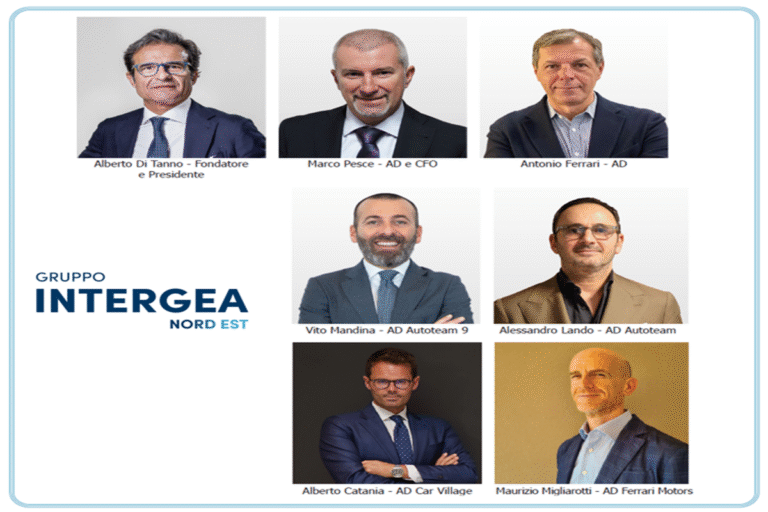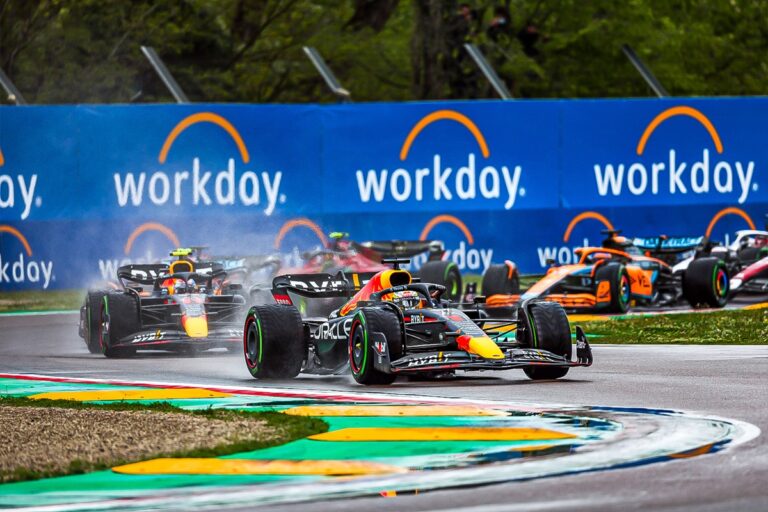Accelerating decarbonization at the European level requires a strategy based on technology neutrality, involving the complementary use of all technologies available today.
The principle of technology neutrality indicates the neutrality of policy choices with respect to different technologies for the same outcome.
In the environmental field, it means that policies do not focus only on certain technologies for decarbonization, such as renewables or the electric car. But, consider all usable technologies. Such as biomass, biofuels, hydrogen and carbon capture, storage and utilization (Ccus).
Technological dependence, according to the study, should be considered in the same way as energy dependence. Access to materials and rare earths is proving to be the real risk area for the European energy transition.
By 2030, demand for imports of components for photovoltaic panels is expected to increase 7-fold, demand for hydrogen fuel cells 47-fold, and demand for components for wind turbines 44-fold.
The research finds it necessary to work on both energy and non-energy emissions, focusing on sectors where it is most complex to reduce them, such as heavy transport and power generation.
Table of Contents
Ways to reach zero emissions
The study revolves around ten key messages that summarize its main findings.
1. A step change is needed
Achieving Europe’s decarbonization goals requires a step change in all areas of climate sustainability. It is necessary for the decarbonization process to ensure secure, resilient and competitive access to energy resources.
In 2021, during COP 26, most participating countries agreed to reduce emissions by 55 percent by 2030 and achieve net zero emissions by 2050.
2. Focus on Hard to Abate industries, power generation and heavy transportation
The most strategic and effective way to cope with the decarbonization process is to focus on abating emissions from energy and nonenergy processes by focusing on Hard to Abate industries, power generation, and heavy transport.
Hard to Abate industries, such as the cement, iron and steel, and chemical sectors, depend on fossil fuels for 81 percent of their final consumption.
Heavy road transport, maritime and aviation depend on fossil fuels for more than 90 percent of their fuel consumption, and electrification is a long-term challenge, as well as not an option for aviation.
Power generation is a challenge because a minimum share of fossil fuels (3.4 percent in the EU in 2050) will be needed to ensure the adequacy and flexibility of the energy system.
3. Leverage different technologies
All net-zero emission scenarios and long-term strategies of European member states agree on the need to harness different technologies. This, to achieve international goals of limiting global warming to below 1.5°C compared to pre-industrial levels.
4. 100 technologies to achieve the goals
Achieving climate neutrality goals therefore requires deploying all available technological levers. Thus combining, as mentioned, renewable energy, decarbonized carriers, and CO2 capture technologies on a case-by-case basis. In total, 100 technologies have been mapped out that can make their contribution and are based on five decarbonization levers.
5. CO2 capture and storage and atmospheric CO2 removal
CO2 capture and storage (CCUS) and atmospheric CO2 removal (RDF) are available, scalable, competitive, and safe technologies to accelerate the decarbonization pathway.
There are currently 135 CCUS projects worldwide, 38 of which are in Europe (28% of the total).
6. Invest in hydrogen
Hydrogen can be harnessed as a zero-emission energy carrier with high potential for decarbonizing uses where there is no “competition” for access to energy from renewables.
Although the production cost of the former is expected to decrease by 65.2 percent in 2050, it is necessary to promote hydrogen production associated with CCUS in the short term. This, to facilitate the future use of renewable hydrogen, creating a market for hydrogen and a value chain.
Read also: Hydrogen could fuel the ships of the future as a green alternative
7. Biofuels ready now
Biofuels produced from non-food resources are a Carbon Neutral solution to replace fossil fuels, as they require minimal infrastructure adjustments to be integrated into existing consumption systems.
The important aspect of biofuels is that they are usable for existing consumption systems immediately through minimal adjustments. Thus accelerating the decarbonization process. For example, almost all diesel trucks on the road can take advantage of 100 percent biodiesel.
8. The challenge of synthetic fuels
Synthetic fuels, despite efficiency losses in the processing steps, are a Carbon Neutral solution to replace fossil fuels because they require minimal infrastructure adjustments to work for specific Hard to Abate sectors.
Indeed, despite efficiency losses, similar to biofuels, the production and use of synthetic fuels should be promoted at the European level, due to their potential in easily replacing fossil fuels in the short term.
9. More value, more jobs
Large-scale deployment of CCUS, RDF, hydrogen, biofuels, and synthetic fuels is indispensable to achieve the 2050 full decarbonization goals.
Between 2023 and 2050, the application of these technologies in the analyzed sectors will generate more than 2.7 trillion euros of added value in Europe and about 1.7 million jobs in 2050, considering direct, indirect and induced impacts.
10. Invest in frontier technologies
It is crucial for Europe to invest in frontier technologies to develop an industrial advantage. Among these, magnetic confinement fusion represents a clean and virtually unlimited source of energy.
And, it could complement renewables by providing electricity during peaks and troughs, can provide thermal power to industries, and can generate hydrogen to replace natural gas.
Nuclear fusion produces no harmful emissions or radioactive waste, and the elements needed to conduct it are readily available and readily available.












